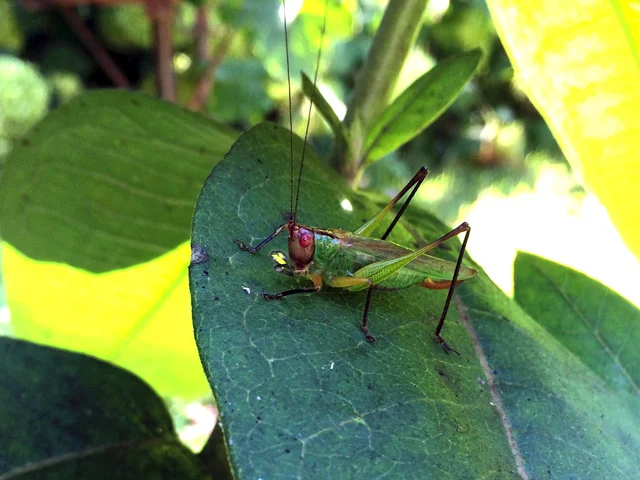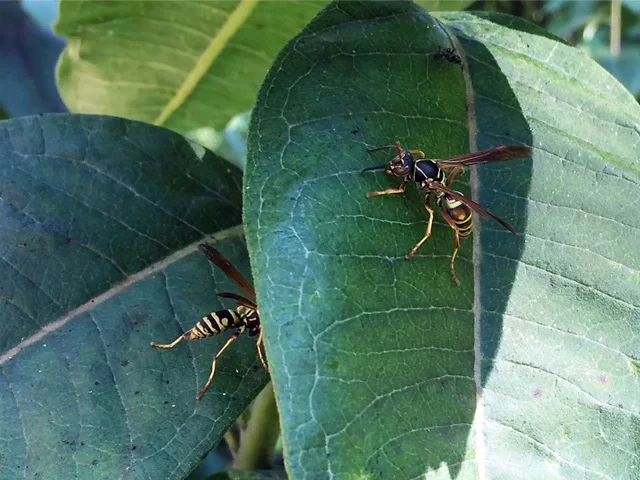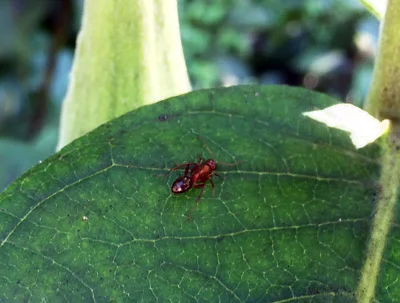Milkweed Zoo
Milkweed growing has been a great success for most of the six (or was it seven?) varieties I sprouted last spring. Doing particularly well is A. incarnata (swamp milkweed), A. verticillata (whorled milkweed), and A. tuberosa (butterfly weed). Take a look at those hardy roots on that sixteen inch tall swamp milkweed. The five inch deep cell trays that were terrible for vegetable starting were great for milkweed because I could leave them to develop strong roots without worry about setting them out too late.
I've planted out in the yard and woods a majority of the plants, and all that remain in cell trays are only unplanted due to the continual and relentless mosquito attack this late summer. We've had a highly unusual, severely wet and humid August and September which has had a deleterious effect on some of our vegetables, our studio building progress, and even our mood. It's even bringing on an early, brown autumn as wet Septembers are prone to instigate.
But enough about that. We did have a couple of dry, sunny days, one of which had me near the greenhouse bed of giant Asclepias syriaca, common milkweed in mid August. The milkweed, leaning from height and heavy rains well into our potato bed needed to be put back in its place. Being milkweed and August, I anticipated finding Monarch caterpillars, but there were none. What I did find, however, is a startlingly rich collection of other insects. Some were feeding on the plants while others were feeding on those feeding on the plants, and still some feeding on the litter of those feeding on the plants.
Black-legged Meadow Katydid.
Possibly a Blue Mud Dauber or maybe even a Steel-blue Cricket Hunter, and of course -an ant.
Mating Lady Beetles -likely the good, bad, and ugly kind otherwise known as Harmonia axyridis because they eat plant pests (good), were introduced by us humans (bad), and enter the house by the thousands in autumn (ugly).
And their offspring meeting an ant.
A Large Milkweed Bug, Oncopeltus fasciatus.
Paper Wasps.
Red ant. Which kind? So many kinds...
Flower Crab Spider
Another kind of flower crab -notice the chunky hind quarter? The females change color to match their surroundings.
Yellow Jacket.
I like the moment when the ant meets the paper wasp.
The monarch caterpillars do not seem to be fond of the old, possibly tough, Common Milkweed near the greenhouse and vegetable garden. No, they were found of a young A. syriaca, the butterfly weed (A. tuberosa) and the Swamp Milkweed (A. incarnata). I prefer the last two, myself, for their nicer flower, form, and spread and so it is that these species, butterfly and plant, are in our flower garden.
It was only a matter of hours between these two photos.
Plenty of nectar nearby.
To kick off the long flight.

















Comments
Post a Comment
Go ahead and comment! I will moderate and delete the spam. Thx